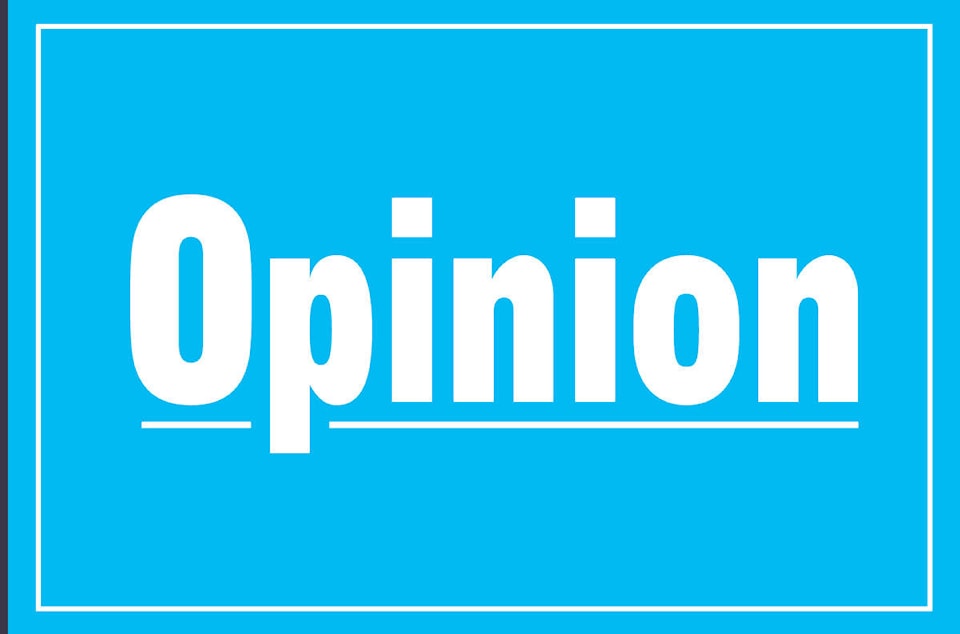If we let our guard down, COVID-19 is highly transmissible and will spread.” – Yukon deputy chief medical officer of health, Dr. Catherine Elliott
In early June, Yukon had no active cases. In Whitehorse, 80 per cent of persons had received the first dose of vaccine and 72 per cent the second. Yet only 10 days later, an outbreak of 21 cases was reported – largely due to the Gamma (Brazilian) variant in unvaccinated persons.
Similarly, there have been unexpected surges in Vietnam, Taiwan, and Singapore. Much of this is due to the Delta or Indian variant, which is 50 per cent more transmissible, and is more resistant to vaccines with only 30-40 per cent protection after one dose. It will be the dominant strain in a few months for most of Ontario.
At the time of writing this column there were 40 new cases of the Delta variant in Alberta. A Calgary hospital has 22 cases, 10 of which had been vaccinated. Manitoba, which a few months ago was largely spared, has now become the epicentre of the third wave in North America. It has transferred over 49 patients to hospitals in Ontario, Saskatchewan, and Alberta.
Meanwhile, Alberta is rapidly easing restrictions and British Columbia, Saskatchewan, Ontario, Quebec, and New Brunswick are reopening. The COVID-19 positivity rate in Alberta is down to 3.5 per cent.
Across Canada, new case counts are down 90 per cent since mid-April. About 65 per cent have received at least one dose of vaccine – the highest in the world. However, except in the territories, only 12 per cent of eligible persons have been fully vaccinated.
If recurrent waves of this and any future pandemics avoided, Premier Jason Kenney and the other premiers cannot rely entirely on vaccines; they must use all the potential tools in their toolboxes. This requires increased rapid testing and contact tracing, adequate paid sick benefits, and greatly enhanced temporary funding from Ottawa.
Prior to the pandemic, only two provinces mandated paid sick leave: in Quebec, two paid sick days per year and in Prince Edward Island one day. Ontario used to require two days, but this was repealed by Premier Doug Ford in 2018.
New Brunswick and Newfoundland and Labrador still provide no paid sick leave. PEI has a temporary fund which reimburses up to $160 per day for six days to attend a vaccination, for testing, or self-isolation. Quebec is the only province with paid family leave and which provides a financial benefit of $575 per week to workers forced to isolate because they have COVID-19 or have been in contact with a positive case. Yukon has the most generous plan, and pays $378 daily up to ten days.
For many months, Ford and Kenney argued that the problems were a poor supply of vaccines and lax border controls – both due to the federal government. However, they ignored the issue of workplace infections and inadequate paid sick leave.
For months, Ford had relied on the federal Canada Recovery Sickness Benefit. However, the CRSB pays only $450 per week after taxes (less than minimum wage), persons must apply every week, it does not cover shorter leave times, and remittance may take several weeks. As the CRSB was not improved in the federal budget, Ontario provided three paid sick days.
Manitoba brought in a program that would provide employers with up to $600 per employee for up to five days. British Columbia then agreed to reimburse employers up to $200 per day for three days. Shortly thereafter, Nova Scotia initiated a plan that would pay up to $160 per day for four days.
In Alberta, the government will cover three hours of paid leave when persons are vaccinated, and self-isolation support with room, board, and a payment of $625, for a total value of $2,000.
However, in all provinces, sick employees when needing 10-14 days off would also have to apply for the federal CRSB, with all its defects. Across Canada, things there is patchwork of inadequate, overly-complicated plans; this deters ill workers from staying at home. There is no seamless, easy way to obtain sick benefits without incurring an interruption or loss of income.
Premier Kenney should also realize that all governments should better collaborate to provide more uniform benefits across Canada. He should agree that Ottawa needs to provide more generous funding. Alberta NDP leader Rachel Notley has proposed ten days of paid sick leave with isolating workers getting paid through their employer, who would be reimbursed by the province, which would be ultimately paid by Ottawa.
Indeed, we can never let down our guard. Kenney and the other premiers should mandate sufficient paid sick leave for all workers. Ottawa should immediately agree to reimburse provinces and territories for funding businesses and the self-employed for this leave. It should also pay provinces and territories to provide adequate sick benefits to MDs, nurses, and all health professionals. Many are still patiently waiting the four months to receive their second vaccine dose.
Ottawa physician Dr. Charles S. Shaver was born in Montreal. He is past-chair of the Section on General Internal Medicine of the Ontario Medical Association.
